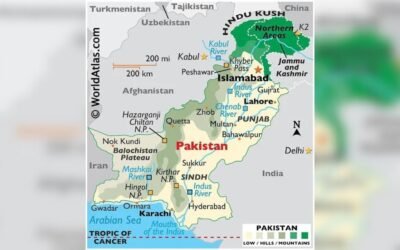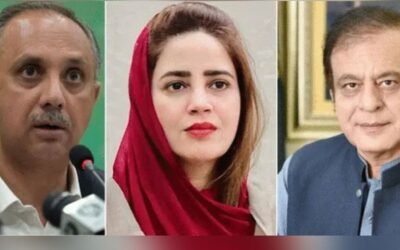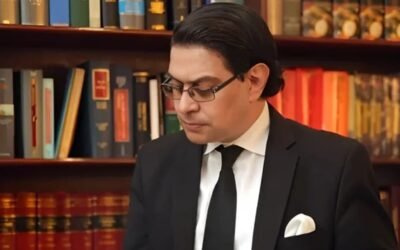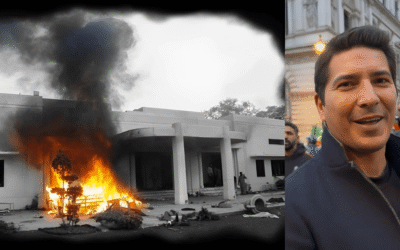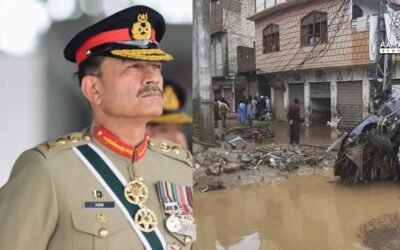An ECP report says that voters aged between 18 and 35 make up nearly 45% of the electorate in Pakitsan.
With over 64% of its population under the age of 30 (according to the United Nations Population Fund), Pakistan is one of the youngest countries in the world. This demographic reality is often cited as a potential asset — a “youth bulge” that, if harnessed strategically, could fuel innovation, civic revival, and sustainable democratic governance. Yet, in the corridors of political power, youth presence remains symbolic mainly, fragmented, or co-opted by dynastic leadership. Despite the immense political energy evident on university campuses, in protest movements, and on social media, Pakistan’s political structure remains stubbornly hierarchical, exclusionary, and resistant to reform.
The fundamental question is not whether Pakistani youth are politically inclined — they are. The real issue is whether the political system is designed to absorb their voices into governance meaningfully.
The Demographic Paradox
Pakistan’s youth are both politically active and politically marginalised. According to the Election Commission of Pakistan (ECP), voters aged between 18 and 35 make up nearly 45% of the electorate. And yet, this demographic is conspicuously absent from the National Assembly and provincial legislatures. The average age of a Member of the National Assembly (MNA) remains above 50. Political party leadership across the board — from the PML-N and PPP to the PTI — remains dominated by senior figures or political heirs, rather than merit-based young entrants.
This disjunction is neither accidental nor benign. It reflects a deep structural resistance to democratising political opportunity.
Structural Barriers to Entry
- Patronage Politics and Dynastic Control
Pakistani politics has long been entrenched in kinship networks, biradari dynamics, and financial patronage. Entry into politics often depends less on ideas or competence and more on lineage and access to resources. Even youth representation, where it exists, is frequently dynastic — the political sons and daughters of elite families rather than self-made young leaders. This undermines the broader principle of equal access to public office.
- Absence of Student Unions and Campus Democracy
One of the most damaging long-term trends has been the ban on student unions since 1984, under Zia-ul-Haq’s military regime. While there have been sporadic attempts and promises to restore them, with some provinces making progress in this direction, their full, independent, and democratic functioning remains absent mainly across the country. In contrast to earlier decades, when union leaders like Raza Rabbani and Mairaj Muhammad Khan transitioned into national politics, today’s youth lack institutional mechanisms for political grooming and mobilisation. Political expression, when it emerges on campuses, is often met with suppression or securitisation, particularly when it challenges the status quo.
- Economic Disempowerment and Exclusion
With youth unemployment hovering around 11% and underemployment rates significantly higher, the economic precarity of young Pakistanis limits their ability to engage in politics. Electioneering in Pakistan is expensive, often involving millions in campaign financing. For ordinary young Pakistanis — especially from rural or lower-middle-class backgrounds — the cost of contesting elections is prohibitively high. Political parties rarely fund new candidates or offer pathways for organic political growth.
- Tokenism within Political Parties
Many political parties maintain “youth wings”, but these often function more as instruments of crowd mobilisation than as platforms for leadership development. While the PTI initially promised youth empowerment — with its 2013 campaign heavily reliant on young supporters — its tenure in power saw little in terms of structural reform for youth inclusion. The same can be said for other parties, whose youth wings are rarely consulted on policy or granted a seat at the decision-making table.
A Generation That Refuses to Stay Silent
Despite these constraints, young Pakistanis continue to engage politically in alternative arenas. The rise of issue-based activism — such as the Aurat March, Students Solidarity March, and climate justice movements — highlights a politically conscious and assertive generation. These movements have utilised digital platforms to amplify their messages, coordinate campaigns, and demand accountability.
Notably, several figures have emerged as credible voices challenging traditional politics. While they often face police harassment, defamation campaigns, or bureaucratic hurdles, their persistence signals a growing frustration with elite capture and a desire for radical inclusivity.
Globally, young politicians like Finland’s Sanna Marin or Chile’s Gabriel Boric have risen from activist backgrounds to formal leadership roles. Their trajectories stand in stark contrast to Pakistan, where such transitions remain nearly impossible without co-optation by major parties.
What Can Be Done?
- Restoration and Reform of Student Unions
Restoring student unions — not merely as ceremonial bodies but as democratically elected, independent political platforms — is critical. These can function as training grounds for future politicians, providing real-time experience in negotiation, policymaking, and electoral processes. Safeguards can be introduced to prevent violence and partisanship without compromising autonomy.
- Quotas and Reserved Seats for Youth
While gender and minority quotas have been in place, Pakistan lacks reserved seats for youth in parliament or local bodies. Introducing such measures — particularly at the local government level — could allow young leaders to gain legislative experience and engage directly with community issues.
- Campaign Finance Reform and Public Funding
Reforms that cap election spending, promote transparency, and offer public financing for new candidates can help level the playing field. Countries like Germany and Sweden utilise public subsidies to promote political diversity; Pakistan could adopt similar models on a pilot basis.
- Intra-Party Democracy and Candidate Rotation
Political parties should be required, through ECP regulations or internal codes, to implement intra-party elections and ensure a minimum percentage of youth candidates in national and provincial tickets. This could help shift party culture from patronage to performance.
- Civic Education and Political Literacy
Introducing civic education at secondary and tertiary levels, with a focus on constitutional literacy, critical thinking, and democratic rights, is essential to building an informed electorate. Without political education, youth energy remains reactive rather than strategic.
Conclusion
Pakistan’s political future rests on whether it can transform its demographic advantage into democratic renewal. The country’s youth are not disengaged — they are disillusioned. Their exclusion is not a consequence of apathy but of systemic design. To reverse this, the political system must undertake serious reforms that go beyond optics and slogans. Empowering youth is not a favour; it is a national necessity. Failure to do so risks deepening the generational divide and feeding a cycle of alienation, unrest, and populist backlash.
In a region where authoritarianism is gaining ground, and democratic institutions are fragile, Pakistan’s youth could be the most potent force for change — if only they are allowed to lead.


